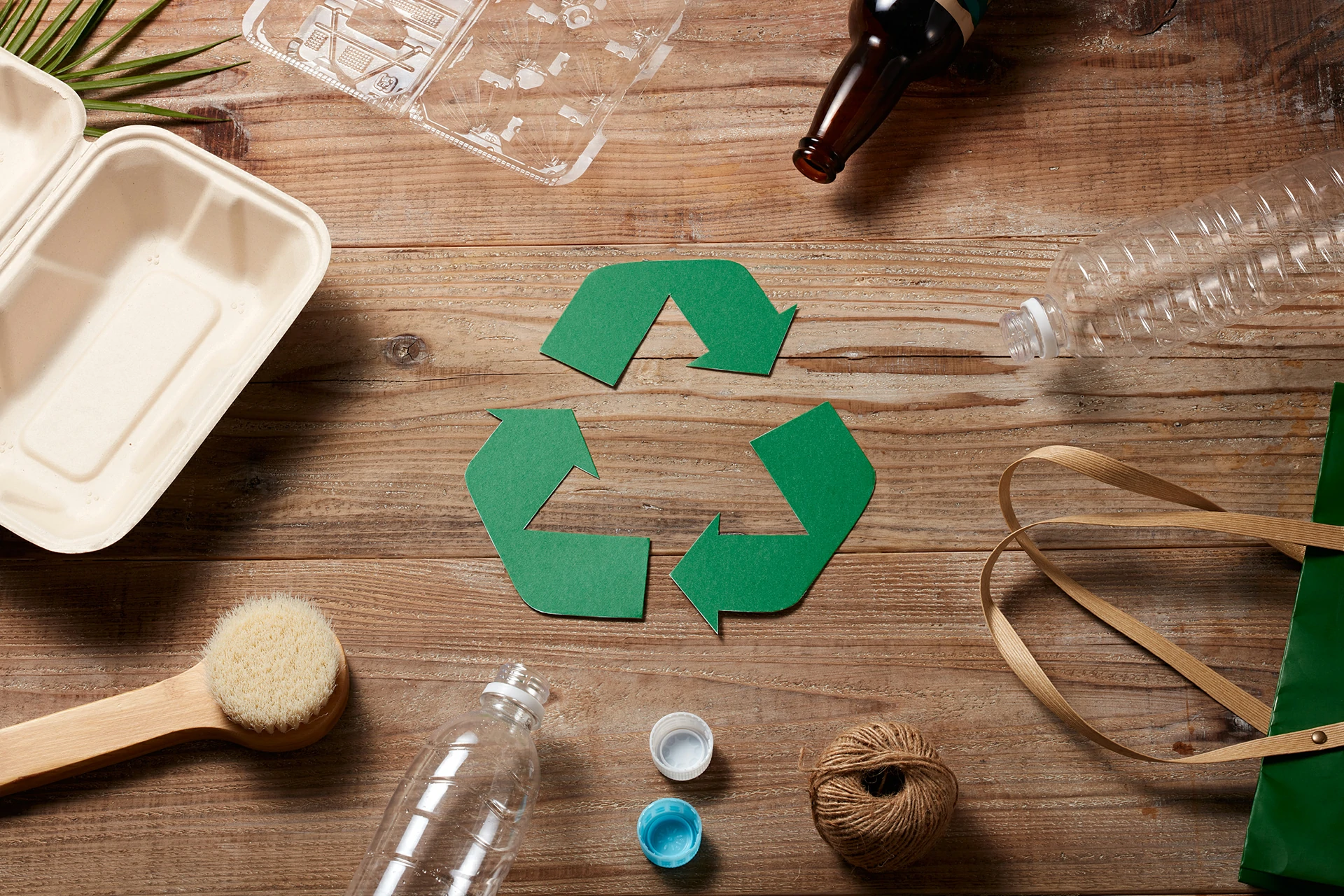

Each year, the textile and fashion industry produces 100 billion garments, with 92 million tons ending up in landfills—a truckload of clothes discarded every second. Since polyester accounted for 54% of all textile production in 2022, polyester fiber waste is substantial. As global oil resources dwindle, consumer demand for circular fashion is rising. Start-ups and established brands are increasingly focusing on recycling and reusing clothing, with polyester becoming a critical target for innovation. The industry is undergoing a revolutionary shift towards sustainability, driven by the urgent need to reduce environmental impact. A promising advancement in this area is bio-enzyme recycling polyester technology. This innovative approach not only tackles the pressing issue of polyester waste but also propels the industry towards a circular economy.

Polyester, a synthetic fiber derived from petroleum, is ubiquitous in the fashion industry due to its durability, versatility, and cost-effectiveness. However, its environmental footprint is substantial. Traditional polyester production is energy-intensive and contributes significantly to greenhouse gas emissions. Moreover, polyester garments are non-biodegradable, leading to persistent waste in landfills and oceans.

Bio-enzyme recycling leverages the power of nature to break down polyester fibers into their basic components, which can then be repurposed to create new polyester materials. Unlike traditional chemical recycling methods, which require high temperatures and toxic chemicals, bio-enzyme recycling operates under milder conditions, making it a more sustainable and environmentally friendly alternative.Through CARBIOS’ bio-enzyme recycling technology, fiber-to-fiber closed-loop recycling is achieved and dependence on waste bottles is reduced.
Efficiency and Effectiveness: Enzymes, nature’s catalysts, are highly specific and efficient. They can selectively target and break down polyester polymers without damaging other materials, such as cotton, that might be blended with polyester in textile products.
Energy Conservation: Bio-enzyme recycling processes typically operate at lower temperatures and pressures compared to traditional methods, significantly reducing energy consumption and associated carbon emissions.
Reduced Chemical Use: By relying on biological processes rather than harsh chemicals, bio-enzyme recycling minimizes the release of harmful substances into the environment, protecting ecosystems and human health.

The transition to a circular economy in the fashion industry hinges on closing the loop—ensuring that materials are continuously reused rather than discarded. Bio-enzyme recycling plays a pivotal role in this transformation by enabling the perpetual recycling of polyester fibers.
Waste Reduction: By converting polyester waste into valuable raw materials, bio-enzyme recycling prevents these materials from ending up in landfills or incinerators, thereby reducing overall waste and pollution.
Resource Efficiency: Recycling polyester through bio-enzyme technology reduces the demand for virgin polyester production, which in turn decreases the consumption of non-renewable resources like petroleum.
Economic Benefits: Circular business models, supported by bio-enzyme recycling, can open new revenue streams for companies through the sale of recycled fibers and products. Additionally, reduced raw material costs and waste management expenses can lead to significant financial savings.
Consumer Engagement: As consumers become increasingly aware of environmental issues, they are more likely to support brands that prioritize sustainability. By adopting bio-enzyme recycling, fashion companies can enhance their brand image and appeal to eco-conscious customers.

Bio-enzyme recycling polyester technology represents a groundbreaking step towards sustainability in the textile and fashion industry. By transforming waste into valuable resources, this innovative approach supports the shift towards a circular economy, where materials are reused, resources are conserved, and environmental impact is minimized. As the industry continues to embrace and invest in such technologies, the vision of a sustainable and circular fashion future becomes increasingly attainable.
Layne | 07-26-2024 | Views 407 times
Exploring Biofabricated Textiles Exploring Biofabricated Textiles 1. Background In the quest for sustainability and innovation, the textile industry is undergoing a revolutionary transformation through biofabrication. This cutting-edge te...
Layne | 07-16-2024 | Views 167 times
Exploring T800 Fabric: Innovation and Comfort In the realm of textile innovation, T800 fabric stands out as a preferred choice for discerning markets seeking both functionality and style. Derived from a blend of PBT and PET polyester fibers, T800 fabric blends t...
Layne | 07-16-2024 | Views 320 times
Bio – Enzyme Recycling Polyester Technology 1. Background Each year, the textile and fashion industry produces 100 billion garments, with 92 million tons ending up in landfills—a truckload of clothes discarded every second. Since polye...
Layne | 07-16-2024 | Views 355 times
Xylitol – New Technology To Unlock Lasting Cool Feeling 1. What is Xylitol and Its Advantages Xylitol, commonly known as a sugar substitute, is a naturally occurring sugar alcohol that is favored for its many properties in a variety of...
Layne | 07-11-2024 | Views 206 times
Emerging Trends in Outdoor Fabric: A Look into the Future In the dynamic world of outdoor fabrics, trends are constantly evolving to meet the demands of both functionality and style. As we move into the future, several key trends are shaping the landscape of out...
Layne | 06-24-2024 | Views 232 times
Blended Spinning Of Refined Cotton And Long-Staple Apocynum Ramie 1. Innovation Background In recent years, the development of Xinjiang apocynum resources has gained significant consumer recognition for its natural antibacterial properties, ability to keep warm in wint...
Contact us now for a free consult!